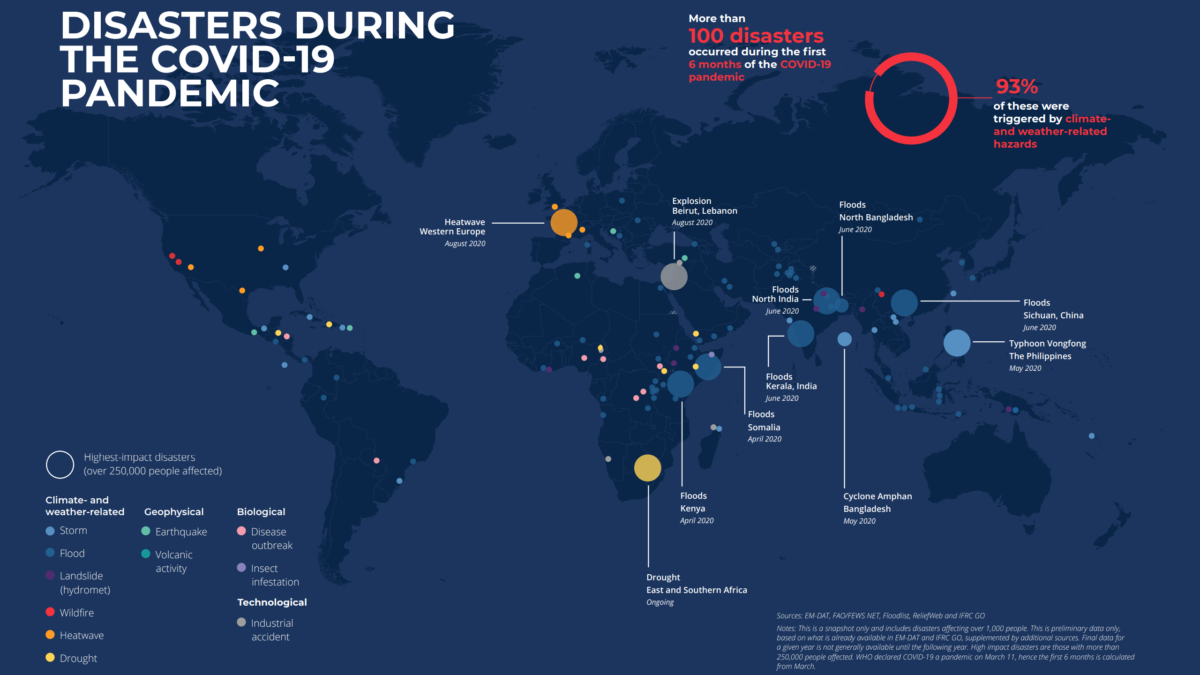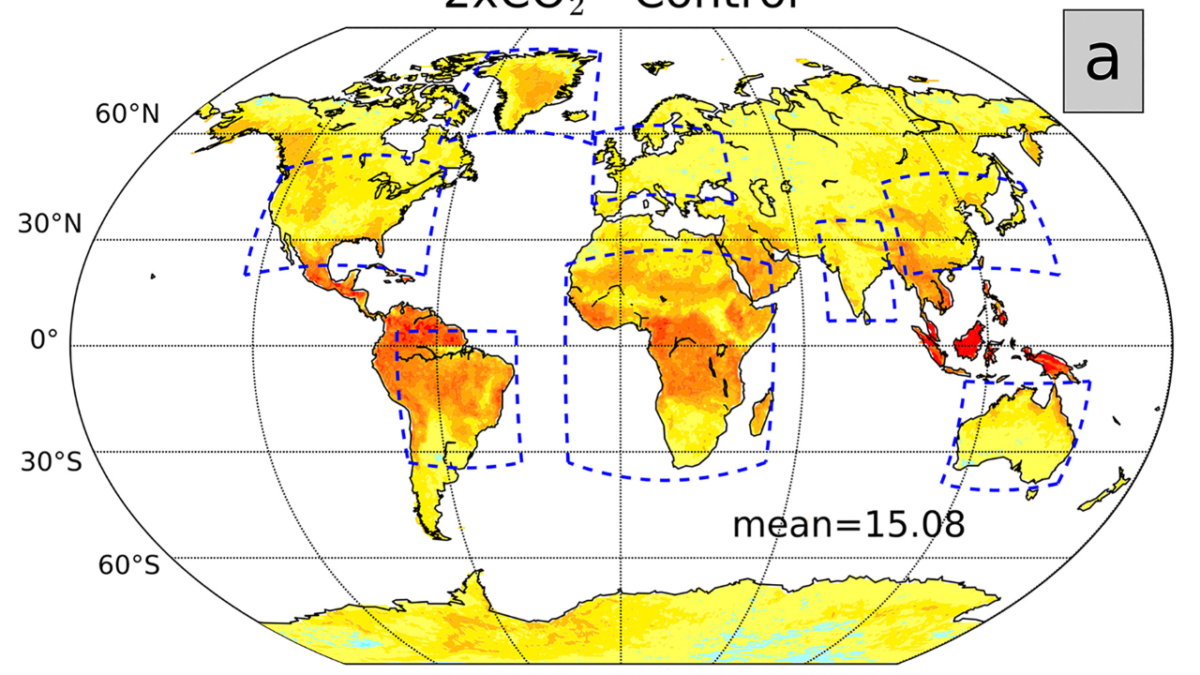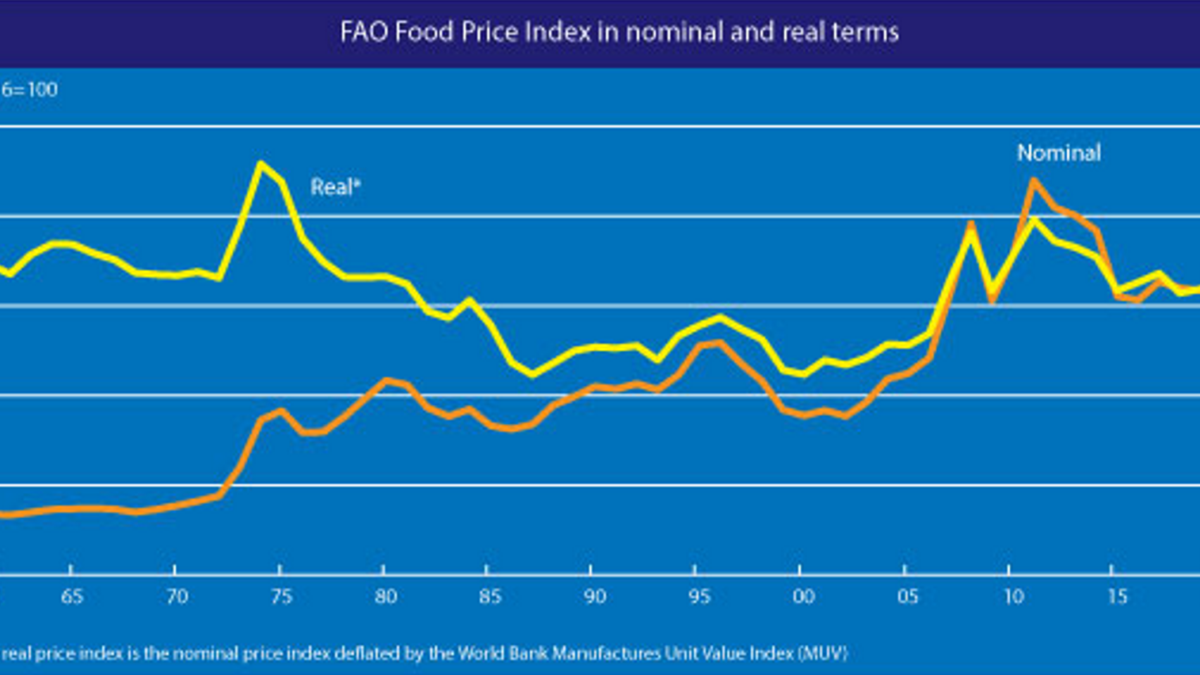Flooding across the U.S. Midwest may have wiped out up to 1 million acres of crops, new estimates show – 7 million acres accumulated more than 6 inches of rain, which caused standing water in fields

By Tyne Morgan
3 July 2024
(Farm Journal) – Portions of Iowa, South Dakota, and Nebraska are grappling with the aftermath of flooding, while continuing to fight a swollen river. The Mississippi River is facing flood threats, too. The high waters and flooding are suffocating fields, causing crop damage to key growing areas across the Midwest.
Crop consultant Michael Cordonnier, PhD, says there might be a half million to 1 million U.S. corn acres lost due to the flooding, according to Pro Farmer. He believes harvested acres will be 90.3% to 90.7% of plantings this year, down from an average of 91.3%. Corn acres won’t be replanted at this stage. He adds that planting soybeans this late would be “a risky proposition,” as they would flower while the crop is in early development, resulting in low yield potential.
The flooding isn’t over, either. Eighteen river gauges along the Mississippi River are at a major flood stage. And high river levels along the Missouri River remain a concern as more rain is in the forecast during the next 10 days.
What’s causing this almost tropical-like moisture that has been consuming parts of the Midwest since late June? According to USDA meteorologist Brad Rippey, it’s a number of things.
“You can tie it to the fact that we’ve had a ridge of high pressure parked over the continental United States for a few days. We got some tropical moisture, including the remnants of tropical storm Alberto wrapping around that ridge, and then a couple of cold fronts pushing into that ridge from the northwest,” says Rippey. “All of those factors are coming together to unleash torrential rains in eastern South Dakota, northern Nebraska, all the way into the Great Lakes region, and sparking this regional flood event that continues to unfold as the waters work their way down into the main stem of the Missouri and Mississippi Rivers.”

There’s concern the region will continue to recycle local moisture over the next 10 days. And considering there’s still plenty of moisture in the Gulf, along with high heat in the West and South, there are chances for even more rain along those already swollen rivers.
“Into the near term the next 10 days, we’ve got plenty of evidence that the same flow pattern that Brad just mentioned is going to continue,” says Eric Snodgrass, Science Fellow and Principal Atmospheric Scientist for Nutrien Ag. “So what does that mean? You know, we’ve had an unbroken jet stream flow from Japan all the way to the West Coast. It’s ripped across, like almost right on the 49th parallel, right there at the U.S.-Canada border. And that’s where those fronts are coming from. So, as I look at the next 10 days, we’re going to be recycling local moisture. We still have plenty of Gulf moisture. And if there’s heat, it’s in the West or it’s in the South. And as a result, we just tend to get a better situation for more rainfall. Normally, if it was early July and I was saying that I’d have a lot of people happy with me. But given what the situation is with the flooded ground and the rivers, this is going to be a problem.”
Snodgrass says at the height of the flooding last week, he added up about 7 million acres that picked up more than 6 inches of rain during that time frame, which caused standing water in fields. He says the question now is whether or not those fields lost crops due to the standing water.



One Response
Comments are closed.